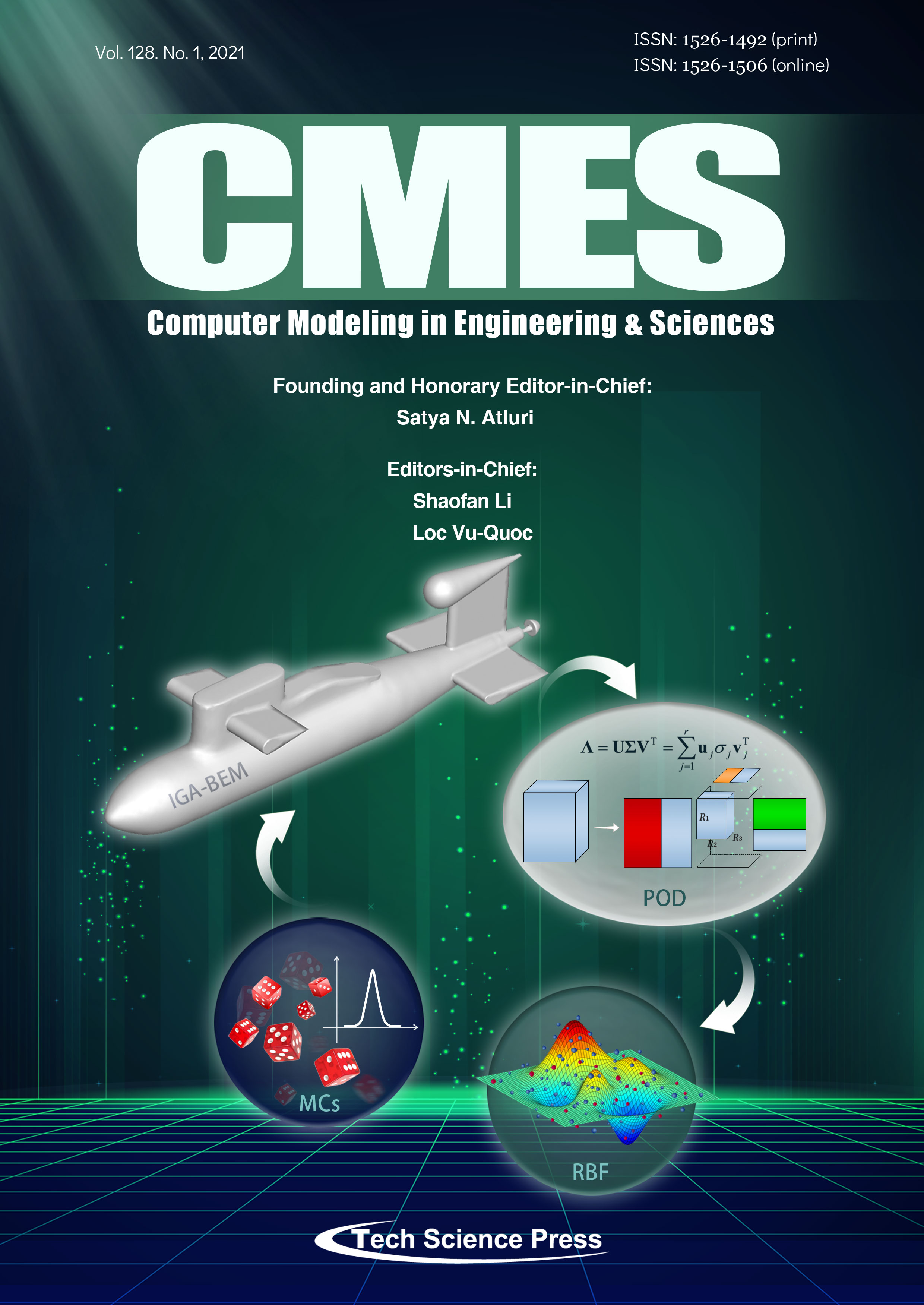A Deletable and Modifiable Blockchain Scheme Based on Record Verification Trees and the Multisignature Mechanism
Daojun Han1,2,3, Jinyu Chen3,4, Lei Zhang1,2,3,*, Yatian Shen1,2,3, Yihua Gao3,5, Xueheng Wang3,6
CMES-Computer Modeling in Engineering & Sciences, Vol.128, No.1, pp. 223-245, 2021, DOI:10.32604/cmes.2021.016000
- 28 June 2021
(This article belongs to the Special Issue: Blockchain Security)
Abstract As one of the most valuable technologies, blockchains have received extensive attention from researchers and industry circles and are widely applied in various scenarios. However, data on a blockchain cannot be deleted. As a result, it is impossible to clean invalid and sensitive data and correct erroneous data. This, to a certain extent, hinders the application of blockchains in supply chains and Internet of Things. To address this problem, this study presents a deletable and modifiable blockchain scheme (DMBlockChain) based on record verification trees (RVTrees) and the multisignature scheme. (1) In this scheme, an RVTree… More >



 Submit a Paper
Submit a Paper Propose a Special lssue
Propose a Special lssue